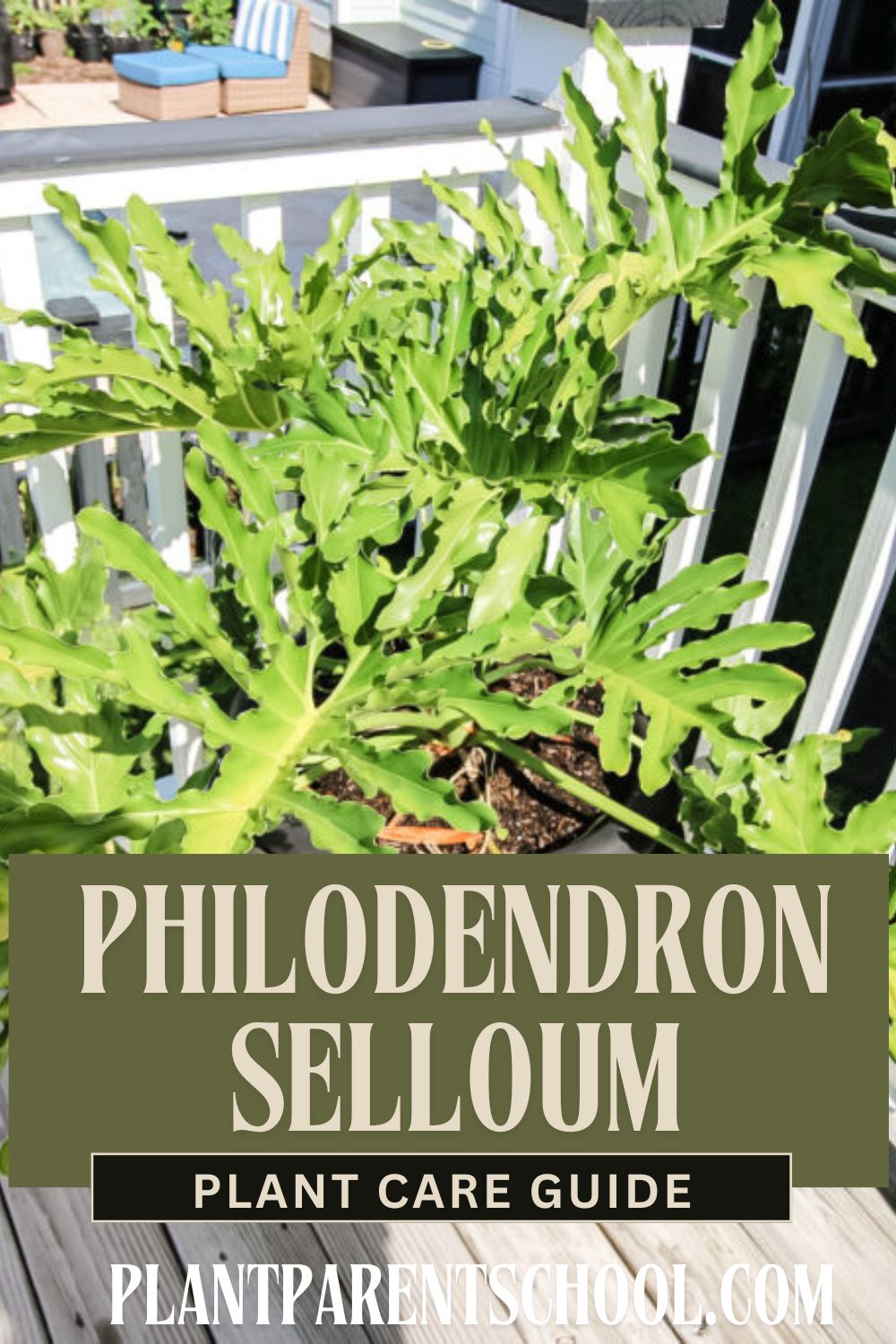The Lemon Lime Philodendron is a striking and easy-to-care-for houseplant, known for its bright, neon-green foliage.
Quick Look
- 🌞 Lighting needs: Bright, indirect light
- 💧 Watering needs: Moderate; allow the top inch of soil to dry out
- 📏 Mature height: 12-24 inches
- 🌱 How to propagate: Stem cuttings in water or soil
- 🚫 Toxic/non-toxic: Toxic to pets and humans
- 🌸 Flowering: Rarely indoors
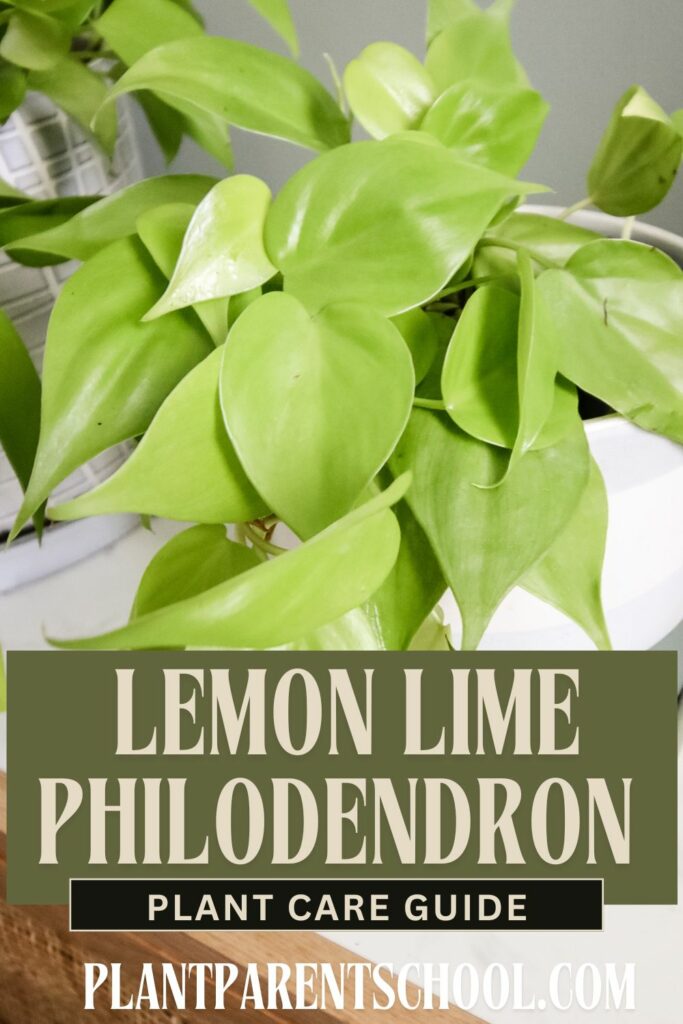
Lemon Lime Philodendron
The Lemon Lime Philodendron (Philodendron hederaceum 'Lemon Lime') is a popular tropical houseplant known for its vibrant, heart-shaped leaves.
Its striking foliage features shades of green and chartreuse, making it a fantastic addition to any indoor space.
Also known as the Neon Philodendron, Sweetheart Plant, or Philo Lemon Lime, this plant is both beautiful and easy to care for.
Origins
This beautiful plant is native to the rainforests of Central and South America, where it thrives in the warm and humid environment and grows up the trunks of trees, beneath the canopy.
Availability
The Lemon Lime Philodendron is not considered rare and is widely available in nurseries and garden centers.
While it might not be found at every local store, it can be easily purchased online from plant retailers.
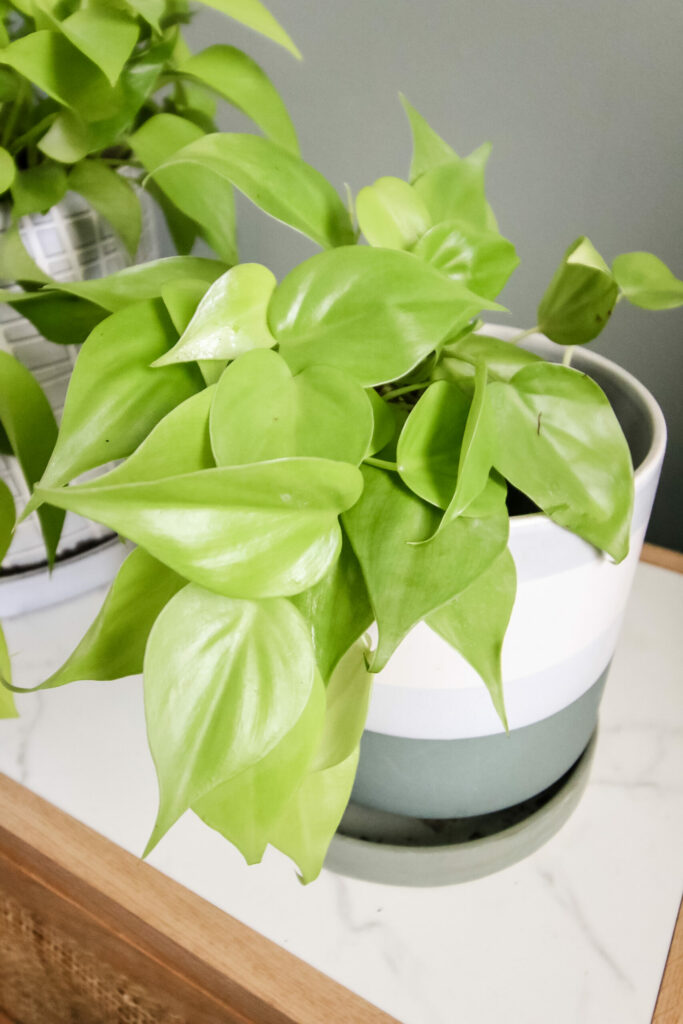
Toxicity
Yes, the Lemon Lime Philodendron is toxic to pets and humans if ingested. Keep it out of reach of curious pets and children.
Lemon Lime Philodendron Care Guide
This care guide will help you maintain a healthy and vibrant Lemon Lime Philodendron.
Watering
The key to keeping your Lemon Lime Philodendron healthy is to maintain moderately moist soil. Allow the top inch of soil to dry out between waterings, and then water thoroughly until water comes out of the drainage holes.
Ensure your pot has proper drainage to prevent overwatering.
- Frequency: Water when the top 2 inches of soil feel dry to the touch, typically every 5-10 days.
- Misting: Beneficial, especially in dry indoor environments. Mist the leaves occasionally to increase humidity and prevent dust buildup.

Lighting
The Lemon Lime Philodendron thrives in bright, indirect light. Avoid direct sunlight, which can scorch its leaves.
Place it near a north or east-facing window for optimal growth.
If kept outdoors, ensure it is in a shaded or protected area to prevent leaf burn.
Soil and Potting
Use a well-draining potting mix, such as a mix designed for houseplants or a combination of peat moss, perlite, and pine bark.
The Lemon Lime Philodendron prefers slightly snug pots but does not like to be severely root-bound.
Repot every 2-3 years into a slightly larger pot (1-2" larger) to provide room for growth.
Moss Pole: While not strictly necessary, providing a moss pole or trellis can encourage your Lemon Lime Philodendron to grow upright and develop larger leaves.
Fertilization
Feed your Lemon Lime Philodendron with a balanced liquid fertilizer diluted to half-strength during the growing season (spring and summer) every 4-6 weeks.
Avoid over-fertilizing, as it can lead to yellow leaves and leaf drop. Skip fertilization in fall and winter.
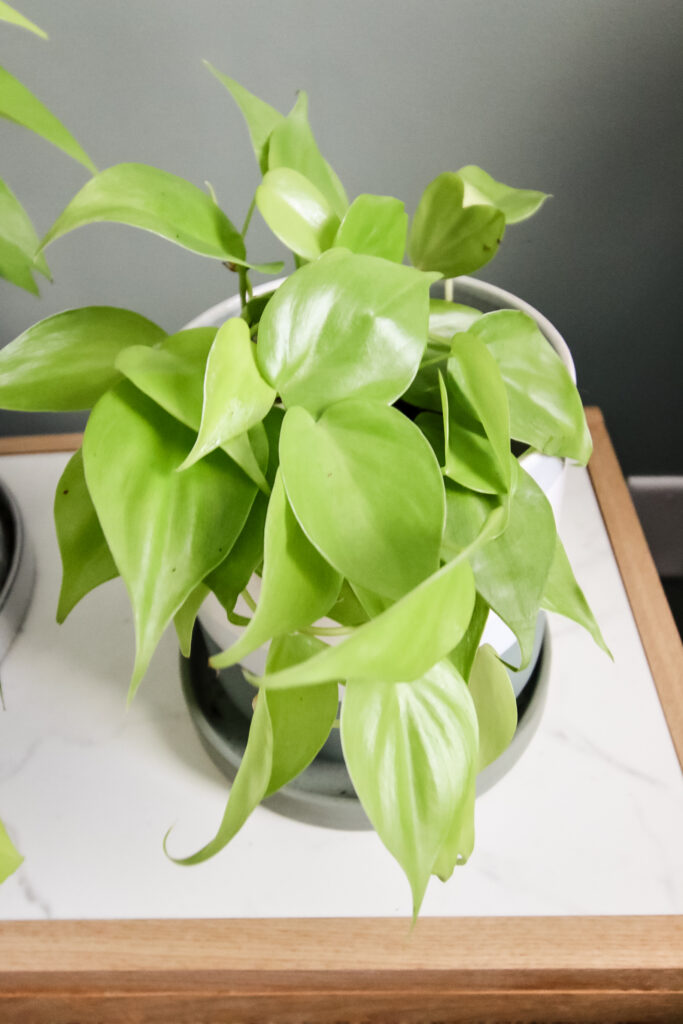
Propagation
Propagating the Lemon Lime Philodendron is simple:
- Identify a healthy branch with new growth.
- Snip the branch with sharp scissors, ensuring at least one node is underwater.
- Remove lower leaves and place the cutting in water.
- Change the water weekly and wait for roots to develop (2-4 weeks).
- Once roots are 2-3 inches long, transplant the cuttings into soil.
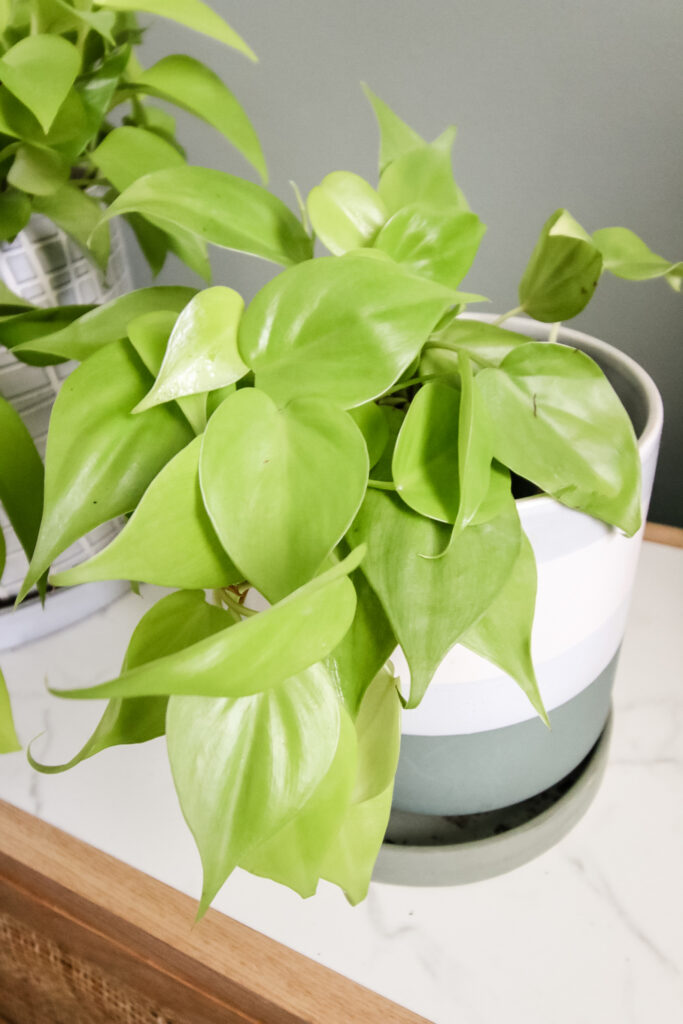
Troubleshooting
Yellow Leaves
Yellowing leaves can indicate overwatering, underwatering, or poor soil drainage. Ensure you're allowing the top inch of soil to dry between waterings and that your pot has drainage holes.
Check the roots for any signs of rot and adjust your watering accordingly.
Curling Leaves
Leaf curling can be a sign of insufficient humidity or underwatering. Try misting the plant regularly and ensure you're keeping the soil consistently moist, but not waterlogged.
Brown, Crispy Leaf Edges
Brown, crispy leaf edges often indicate low humidity or exposure to dry air. Increase humidity by misting the plant, using a humidity tray, or placing a small humidifier nearby. Ensure it's not too close to heating or cooling vents.
Slow Growth
To promote growth, ensure your plant receives enough indirect light, maintain proper watering practices, and fertilize during the growing season.
Additionally, consider repotting if it's become root-bound, as providing more room for the roots can stimulate growth.
Pest Prevention
To prevent pests like spider mites or aphids, regularly inspect your plant for signs of infestation, such as discolored or stippled leaves.
Isolate new plants for a few weeks to ensure they aren't bringing pests.
Additionally, wipe down the leaves with a damp cloth periodically to keep them clean and discourage pests from settling in. If needed, treat the plant with a gentle insecticidal soap.
Pruning and Maintenance
Regularly prune your plant to maintain its shape and encourage bushier growth. Remove any yellow or damaged leaves to keep the plant healthy.
Trimming long vines will help control its size and shape. Use clean, sharp scissors or pruning shears to trim back overgrown stems just above a leaf node, preferably in spring or early summer.
By following these care guidelines, your Lemon Lime Philodendron will thrive, adding a burst of vibrant color and lush foliage to your indoor space. Enjoy the ease and beauty of caring for this delightful houseplant!
Want to Build Your Plant Care Confidence?
If you're ready to take your plant parenting to the next level, join Plant Parent School! This self-paced course will teach you everything you need to know about watering, lighting, troubleshooting, and more—so you can enjoy thriving houseplants with ease. Click here to enroll today!


